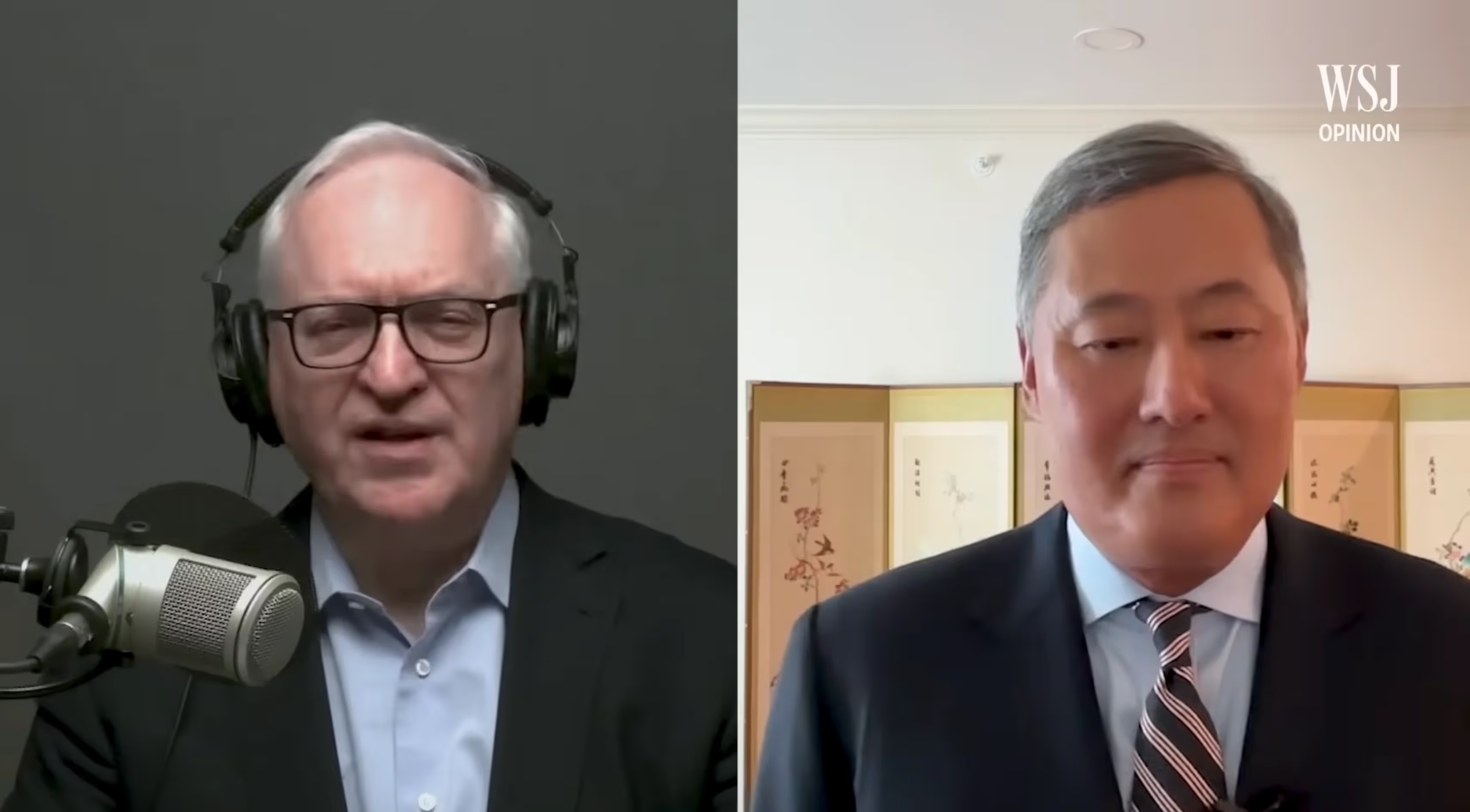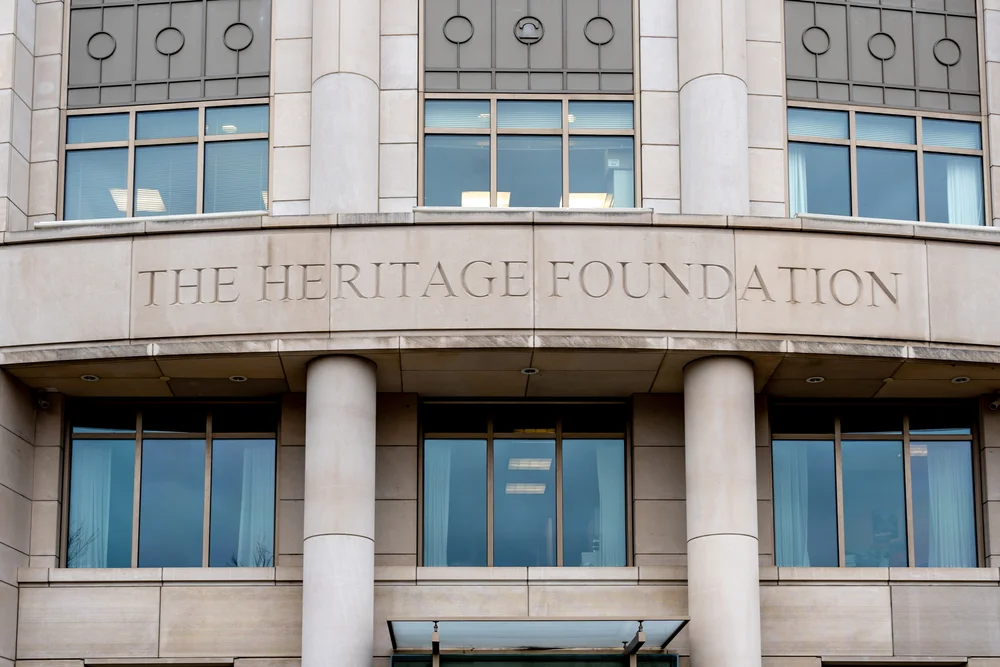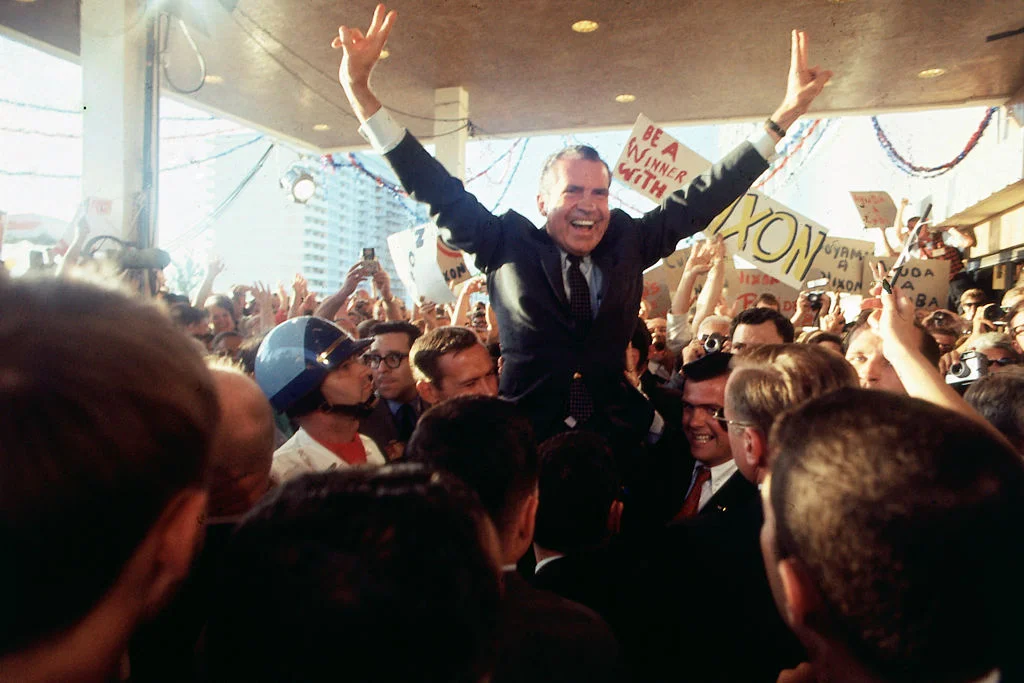
Is This Nixon Redux?
Both Nixon and Trump made taking on the Washington establishment their top domestic policy priority.
Writers and pundits are increasingly comparing Donald Trump to another Republican president who governed several decades ago: Richard Nixon.
In the past, these comparisons would have been offered primarily by President Trump’s detractors. But for many on the right these days, being compared to Richard Nixon is an honor rather than a criticism. As Michael Knowles observed last week in a speech at the Nixon Library, there has been a “major reputational rehabilitation” of Richard Nixon over the past decade among conservatives.
In many important respects, Nixon and Trump are indeed very similar. But it is also important to note the critical differences between them. Those differences point to fundamental contrasts not only between the two figures, but also between the two distinct political cultures they inhabited.
Start with the similarities, many of which have been noted by other commentators. Both Nixon and Trump experienced and came back from significant political defeats. Many people are unaware of Nixon’s long and impressive political career prior to his victory in the 1968 presidential election.
Nixon was first elected to Congress in 1946, where he quickly gained notoriety for exposing Alger Hiss as a Soviet spy. He was elected to the U.S. Senate from California in 1950, and then served as Dwight Eisenhower’s Vice President for eight years before narrowly losing the 1960 presidential election to John F. Kennedy. Nixon experienced another defeat two years later when he lost the California gubernatorial election to Pat Brown.
That loss in 1962 prompted Nixon’s famous statement to the press that “you won’t have Nixon to kick around anymore.” Six years later, he completed an incredible political comeback and won the presidency, then won 49 states in his bid for a second term in 1972. Trump’s comeback in 2024 after losing the 2020 presidential election bears some resemblance to Nixon’s.
There are other similarities. Like Trump, Nixon was an insider who ran as an outsider. As Nixon wrote in his memoirs, “I won the 1968 election as a Washington insider, but with an outsider’s prejudices.” Like Trump, Nixon believed that there was a Washington establishment that ruled in its own interest, an “Eastern stranglehold” (in Nixon’s words) on the political system.
Both Nixon and Trump made it their top domestic policy priority to take on this Washington establishment. And their strategies for doing so were remarkably similar. Early in his first term, he explained in his memoirs, Nixon sought to “place our stamp on the federal bureaucracy as quickly and as firmly as we possibly could,” but he failed to do so. In his second term, he focused on gaining more control over the bureaucracy and ruling through the executive branch. To a remarkable extent, Trump’s strategy has followed a similar pattern.
Finally, and most obviously, both Nixon and Trump provoked similar reactions from the elites that they sought to undermine. Both presidents faced impeachment proceedings. They both suffered retaliation in New York. Nixon was disbarred in New York in 1976. When he attempted to purchase a condo in New York City in 1979, the condo board refused the sale.
While the parallels between the Nixon and Trump presidencies might seem striking, there are critical differences that should not be ignored.
The most apparent difference between Nixon and Trump is how they reacted to their political defeats. The 1960 presidential election was one of the closest in our nation’s history. Kennedy won the popular vote by 0.1%, and in two key states, Illinois and Texas, JFK’s margin was close enough – and the circumstances fishy enough – to raise serious concerns about whether Nixon was robbed of victory.
Nixon, of course, was Vice President on January 6, 1961, when it came time to count the Electoral College votes in a joint session of Congress. Despite the controversy surrounding Kennedy’s victory, Nixon accepted the result. As he famously said (in a statement that he acknowledged was “somewhat unprecedented”) on that day, “In our campaigns, no matter how hard fought they may be, no matter how close the election may turn out to be, those who lose accept the verdict, and support those who win….It is in that spirit that I now declare that John F. Kennedy has been elected President of the United States.”
Nixon’s response to his loss in the 1960 presidential election, in short, was exactly opposed to Trump’s response to his loss in the 2020 election.
Another difference between Nixon and Trump is the degree of political support they had as President. Nixon was fond of observing that he was the first president since Zachary Taylor to take office with both houses of Congress held by the opposing party. As he put it in his memoirs, Democrats had “all four aces in Washington” during his presidency, “the Congress, the bureaucracy, the majority of the media, and the formidable group of lawyers and power-brokers who operate behind the scenes in the city.”
Nixon was on to something: he was President during the era of the “iron triangles.” The rise of the bureaucracy had led to the decline of partisanship in the Nixon era. Both parties contained progressives and conservatives, voters split their tickets in large numbers, and divided government between Republican presidents and Democratic congresses was about to become common. As a result, the president represented a national constituency that was isolated from the concentrated interest groups that influenced congressional committees and administrative agencies, which controlled the implementation of federal programs.
Nixon tried to break through this system, but failed. (Though, it should be noted that Nixon paradoxically built part of that system, especially by creating the EPA through executive order in 1970. But perhaps even then his goal was to increase the President’s control over environmental policy by concentrating its power in an agency accountable to the President.) He did, however, lay the groundwork for a new institutional configuration that would provide greater support to his Republican successors.
In his memoirs, Nixon outlines the response to the iron triangles that he pursued throughout his later career: “revitalize the Republican Party lest the New Majority slip away from us.” By revitalizing partisanship, Nixon reasoned, future Republican presidents could rely upon congressional majorities driven more by national partisan division than by local interests connected to the bureaucracy. A revitalized party would ensure that presidents come into office with more support in Congress for their national platform. A more polarized Congress would allow presidents to break through the iron triangles and gain greater control over the administrative state reducing its power.
Revitalized partisanship would also provide the president with greater political support during impeachment proceedings. This is perhaps the critical difference between Nixon and Trump. Nixon’s lack of congressional and partisan support ultimately led to his resignation. Trump was able to rely on a base of power that Nixon hoped to build, but did not possess while in the White House.
Seeing these differences helps us to differentiate between the two figures. Nixon did not operate within the same political culture and environment that exists today – though he may be credited (blamed?) for laying its foundations. While Nixon was reviled by his political opponents, he also acquired a reputation as an elder statesman in his later years. He enjoyed a close relationship with President Clinton, of all people, who delivered the eulogy at his funeral in 1994. On that day, President Clinton urged the country “to remember President Nixon’s life in totality….may the day of judging President Nixon on anything less than his entire life and career come to a close.”
President Nixon’s more moderate, measured, and dignified character stands in sharp contrast to President Trump’s more aggressive persona. And yet, Nixon’s legacy is defined in part by the more polarized and partisan environment that he aimed to foster. Nixon believed such an environment must be created for a future president to break through and reform the administrative state. Whether that vision is realized has yet to be seen.
Joseph Postell is Associate Professor of Politics at Hillsdale College.
Politics
.webp)
Liberal Democracy Reexamined: Leo Strauss on Alexis de Tocqueville
This article explores Leo Strauss’s thoughts on Alexis de Tocqueville in his 1954 “Natural Right” course transcript.
%20(1).avif)
Long Distance Migration as a Two-Step Sorting Process: The Resettlement of Californians in Texas
Here we press the question of whether the well-documented stream of migrants relocating from California to Texas has been sufficient to alter the political complexion of the destination state.
%20(3).avif)
Who's That Knocking? A Study of the Strategic Choices Facing Large-Scale Grassroots Canvassing Efforts
Although there is a consensus that personalized forms of campaign outreach are more likely to be effective at either mobilizing or even persuading voters, there remains uncertainty about how campaigns should implement get-out-the-vote (GOTV) programs, especially at a truly expansive scale.

Decadent Ideology, Decaying Fraternity
Richard Reinsch reviews Prosperity and Torment in France by Chantal Delsol.

DC and LA Failures Play Into Trump’s Hands
Although clearly violating America’s long-standing federalist principles, Trump’s incursions are being justified by the incompetence of most blue-city leaders.
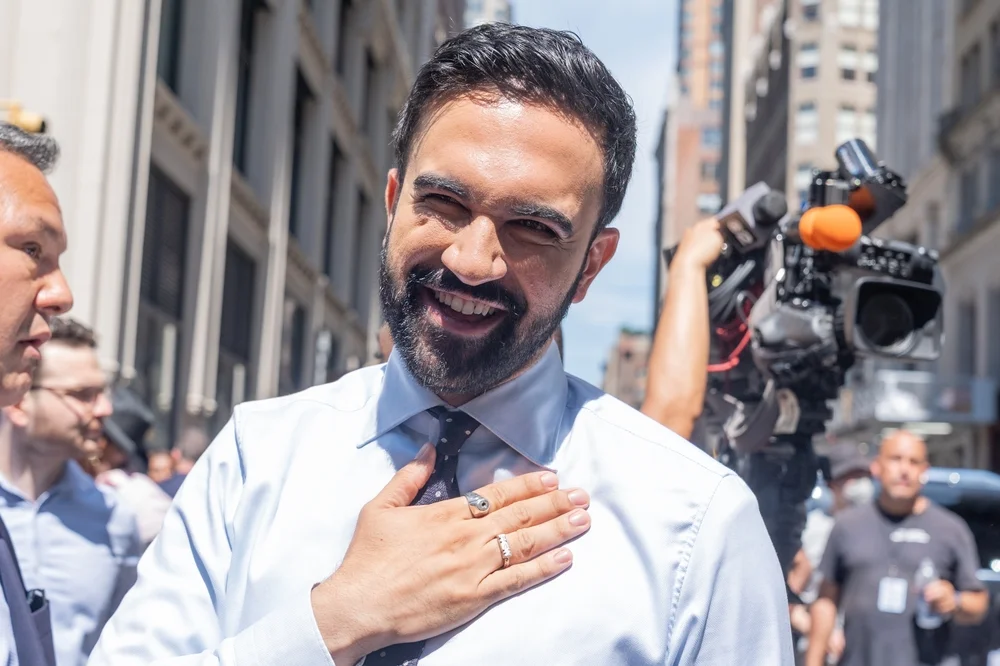
The Persistent Populism of Trump and Mamdani
Populism gives Trump room to survive his regulatory blunders; Mamdani, lacking that populist cushion, may stumble before day one.

When Tucker Quit America
To abandon politics, as Tucker Carlson urges, is to abandon the American conservative tradition itself and to grant that George III—not the founders—had the stronger case.


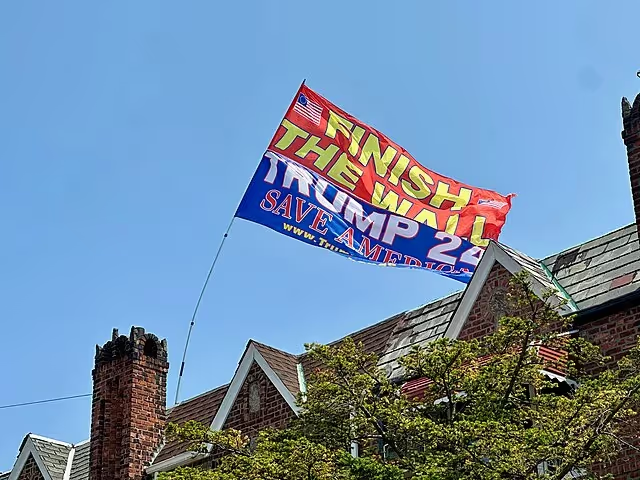

.avif)


